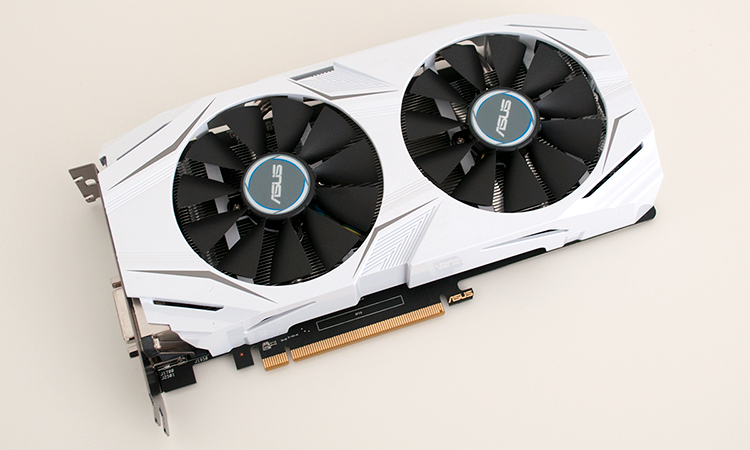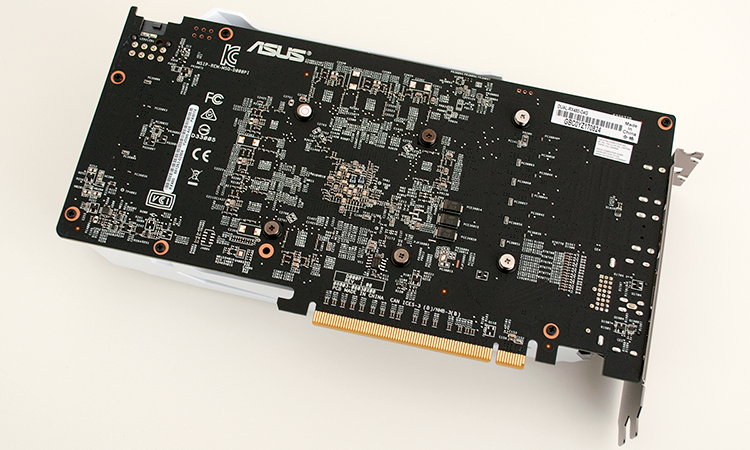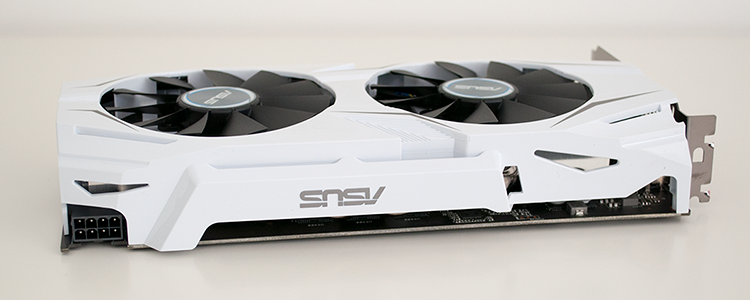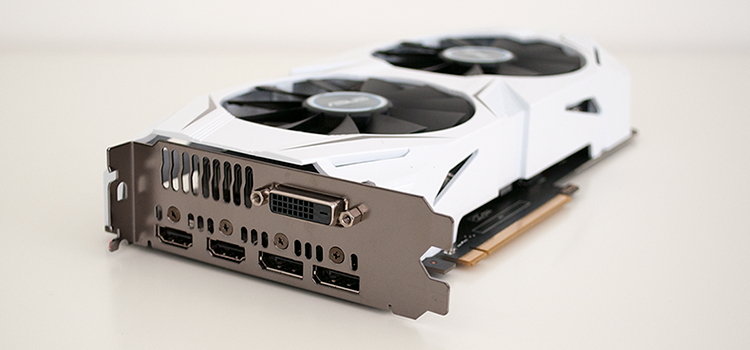Introduction
The launch of a new graphics card is a fascinating prospect for PC gaming enthusiasts, but opting for all that is shiny and new can be a risky prospect due to immature drivers, hardware bugs and lofty launch-day pricing. Such provisos are part and parcel of the early-adopter gamble, and you could argue that it makes more sense to wait until the wrinkles have been ironed out and prices have fallen to agreeable levels.
That's where the bargains tend to be, and right now, the Radeon RX 480 is turning into a hot offer as manufacturers look to clear stock ahead of next-generation replacements. Shop around and you'll find that 8GB variants are readily available for around £199, while 4GB models such as the Asus Radeon RX 480 Dual OC can be found for as little as £165.
Cast your memory back to June 2016 and you may recall that AMD's 14nm Polaris GPU arrived as a potent but not spectacular addition to the mid-range marketplace. Serving as a solid card for 1080p gameplay, with some mileage at 1440p, the RX 480 posed no real threat to Nvidia's GeForce GTX 1070, but continues to serve as a viable alternative to the GTX 1060.
A battered pound has muddled the value proposition of many graphics cards, but you only have to glance at the recent price history to realise that Asus's RX 480 Dual OC is now worth another look. First impressions are favourable, with the dual-fan cooler adopting a black PCB and white shroud that fits seamlessly with certain Asus motherboards carrying the same theme.
Dimensions of 242mm x 130mm x 43mm are a little large when you consider some of the compact GTX 1060s on the market, but build quality is decent, with the plastic shroud offering good rigidity and the underlying heatsink covering the majority of the Dual OC PCB.
As the name suggests, Asus overclocks the card right out of the box, but given RX 480's historically low levels of headroom, don't expect any miracles. Core clock speed is raised only a smidgen, from 1,266MHz to 1,300MHz, while the 4GB GDDR5 frame buffer continues to operate at a stock 7,000MHz.
This isn't a premium Asus offering, however there's something to be said for simplicity. The RX 480 Dual OC doesn't include any superfluous LEDs, so you're out of luck if you're planning an Aura extravaganza, but on the flip side the card looks surprisingly sleek and elegant.
Power is sourced via a single eight-pin connector, CrossFire is supported via PCIe and both of the 'wing-blade' fans turn off at low load, making the card effectively silent when you're doing anything other than gaming. If we're being ultra-critical we'd say that the addition of a metal backplate would be nice, but then again, at this price point it's not something you would come to expect.
What you should look forward to is a selection of modern outputs, and Asus ticks all of the right boxes. The five available choices include DVI-D, dual DisplayPort and dual HDMI, with the latter on hand to cater for virtual-reality headsets.
On the face of things, the RX 480 Dual OC has the makings of an exceptional choice at the £165 price point, but if history has taught us anything, it's that the mid-range Radeon tends to be solid on performance but soft on refinement. Let's load-up the latest drivers and see how the Asus offering compares to GeForce alternatives in current games.













